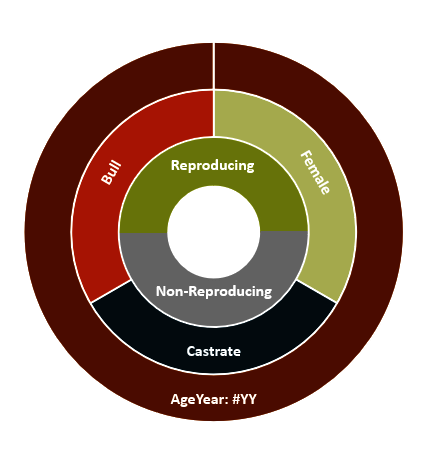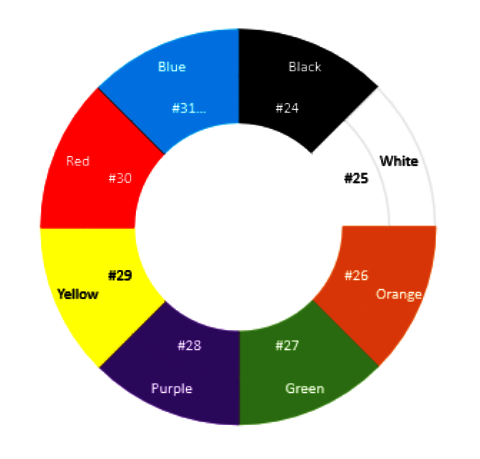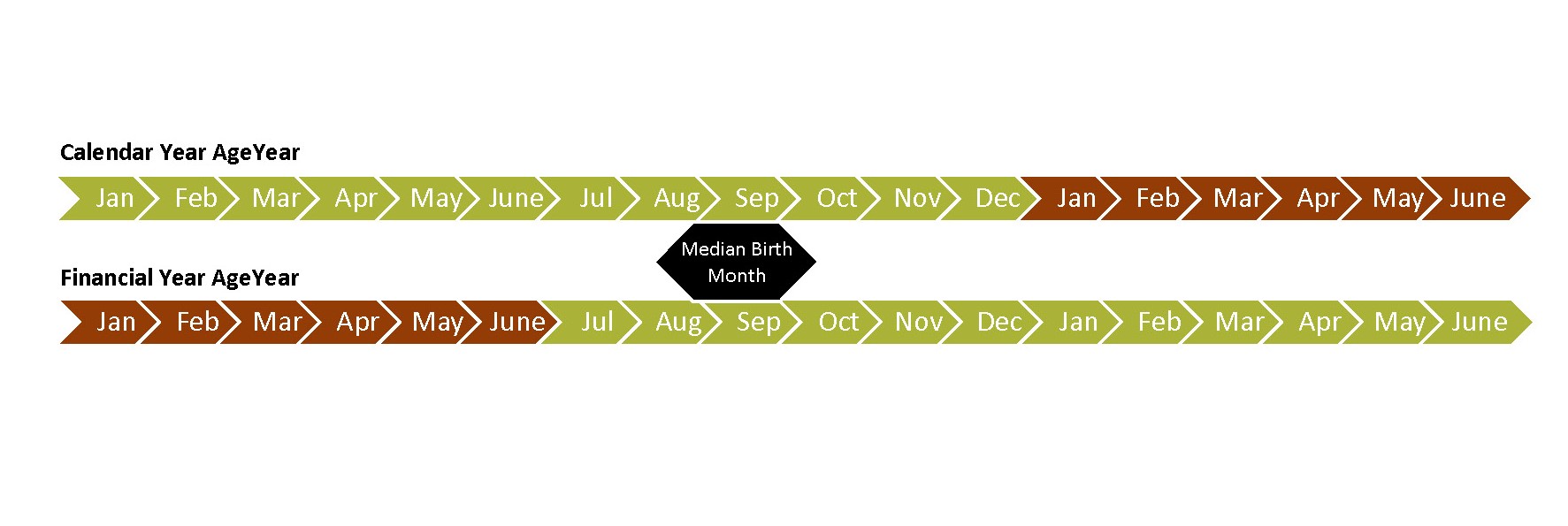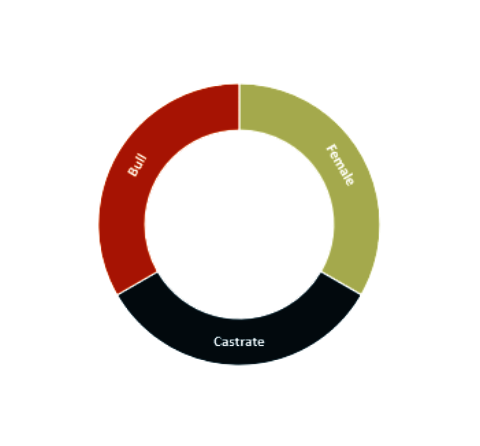Addressing an industry problem
- A lack of clear and consistent livestock classifications for extensive cattle businesses contributes to an imprecise understanding of herd numbers and herd performance. We need to get better at this as an industry.
- Not having accurate, or easily reconcilable, herd numbers limits understanding of herd performance, particularly long-term reproduction rate, mortality rates and herd numbers in general.
- It is challenging for producers to accurately reconcile their stock numbers over time. Not getting clean musters and unknown deaths are contributing factors to this. The problem is exacerbated by inconsistent and ambiguous herd classifications.
- Class names are useful for managing animals, although they can add to confusion when reconciling numbers, as animals have to be transferred through classes annually. There is also inconsistency as to how the class names are defined and when animals move from one class to the next.

The guidelines use three primary attributes for classifying animals:
AgeYear; the financial or calendar year of the median birth month (MBM) for each year drop of calves (#YY).
Sex; Female, Castrate or Bull.
Reproductive Status; Reproducing (R) or Non-Reproducing (NR) determined if the animal is intended for reproduction.

AgeYear
The median birth month (i.e. the month in which half of calves are born during/ before and during/ after) is used to estimate the age of all animals within an AgeYear group at any point in time.
AgeYear can be reliably used as an unchanging attribute to categorise animals when the median birth month (MBM) is defined (including whether the AgeYear is the calendar year or financial year of the median birth month). The figure below demonstrates the difference in AgeYear for two different properties that both have a median birth month of September.
For example, a Southern property may use the calendar year of MBM to define AgeYear, and result in #25 (white tag) for the cohort born around MBM of September 2025 whereas a northern property may use the financial year of MBM to define AgeYear, and result in #26 (orange tag) for the cohort born around MBM of September 2025.


Sex
Female, Castrate or Bull. With the exception of bulls transferring to castrates, there should not be any movement between the categorisations. For males that are castrated it is advised to record them as Castrates from the point of natural increase (Branding, Marking or Weaning) to avoid unnecessary transfers between sexes.

Reproductive Status
Females: Are either reproducing (R) (intended for breeding, including young females (heifers) you plan to join) or non-reproducing (NR) (not intended for breeding, including cull females, heifers grown out for sale, spayed females, or cleanskins not retained for breeding). A female intended for reproduction should be categorised as reproducing for life and only change status if culled but kept to grow out.
Bulls: Can also be reproducing (used for joining) or non-reproducing. This enables distinction of Entire males (e.g. live export) or cleanskin bulls (mustered and sold) that are not intended for breeding, from your herd bulls.
Castrates: All castrates have a reproductive status of non-reproducing.

Applying the guidelines
- Identify your median birth month (MBM), weaning age and first joining age.
- Clearly define the AgeYear system applied to your herd (either financial year or calendar year of median birth month).
- Apply a tag colour system, the industry default is a cycle of eight colours applied in the order of Black, White, Orange, Green, Purple, Yellow, Red, Sky Blue and then back to Black, with 2024 AgeYear being Black (if the default is not used then clearly define the sequence applied).
- Record the AgeYear as two digits with a hash (i.e. #25) even though only a single digit may be applied to animals (if they are age branded).
- Record any movements between groups as they occur (e.g. moving cull females from reproducing to non-reproducing).
- Distinguish animal groups using AgeYear, sex and reproductive status.
- Record all sales, purchases and internal transfers (i.e. one property to another) by the AgeYear, sex and reproductive status of the animals.
- Track animal numbers (in paddock and in total) primarily using AgeYear, sex and reproductive status.
- Using AgeYear, Sex, and Reproductive Status as the primary attributes makes tracking and reconciling livestock numbers clearer, less ambiguous, and more accurate.
Download the full guidelines
Download
Contact Us!
Want to learn more about Australian Herd Classification? Reach out to us today.



